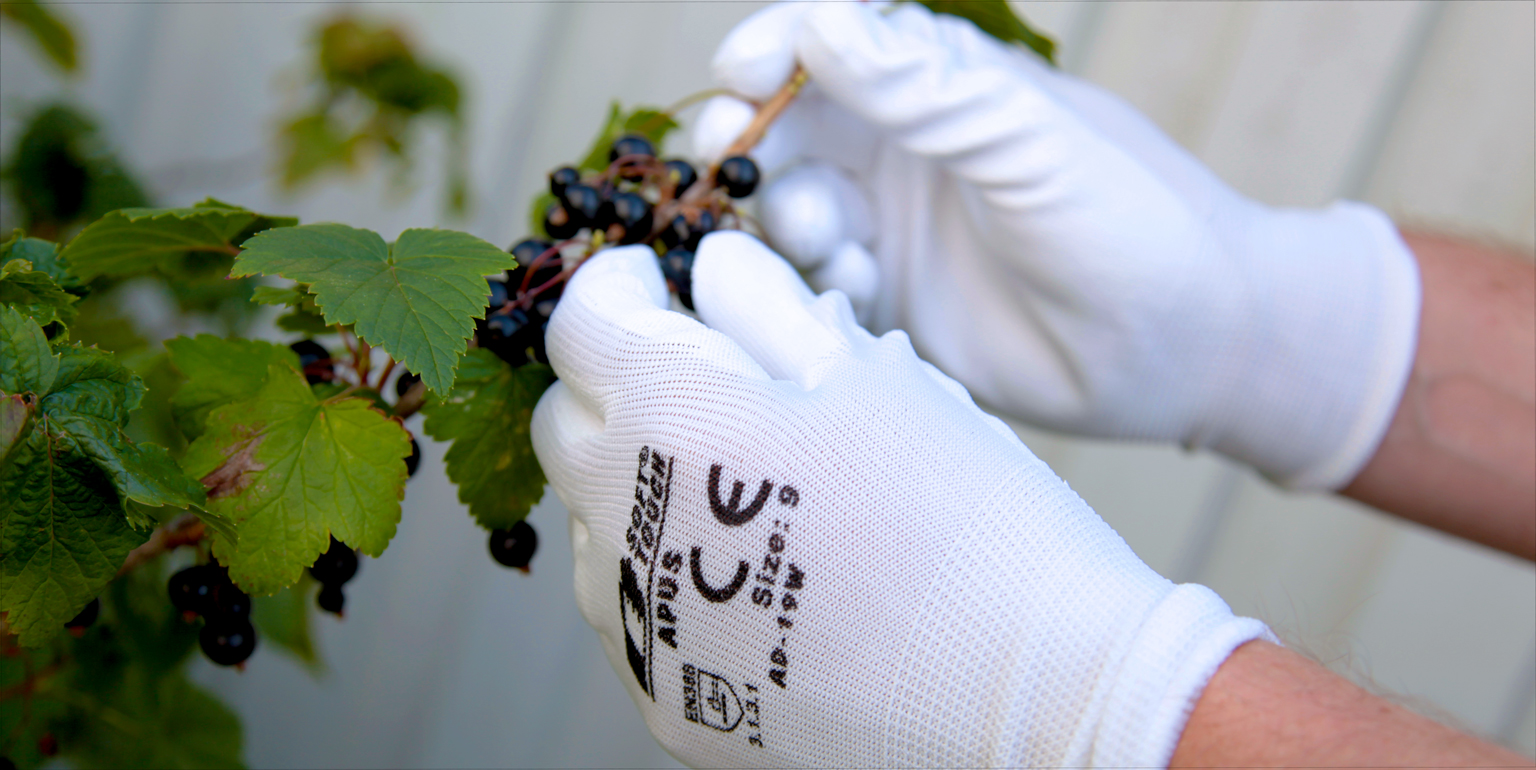Gauge - what is it and how do I know what gauge to choose?

Understanding the seven different gauges of yarn can be difficult enough, choosing the correct pair for your needs makes it even more difficult.
An example of this is our glove Tecno (AD-18). We're very proud of all of our knitted gloves but this one is special. Its knitted in 18 gauge which makes it incredibly thin and gives it a perfectly fitted feeling on the hand. But it's useless for us to talk about the benefits of this glove if it's not clear what 18 gauge actually means. So today were about to dive straight into gauges of string-knitted gloves.
What is gauge
Simply put: the gauge refers to the number of needles per inch. An inch is 25,4 mm in European measurements. So, an 18 gauge glove has eighteen stitches per 25,4 mm. The lower the number, the thicker the yarn and the thicker the glove, the higher number the thinner the yarn and thinner the glove.
We have 7-, 10-, 11-, 13-, 15- and 18 gauge gloves in our range and of course, there are pros and cons with the gauges in every model.
Lower gauge for higher protection and less dexterity
Because the yarn is thicker for lower gauge gloves, it´ll provide a higher level of protection and greater density. However, this is simply a general guideline and not a definite rule. What type of yarn the glove is sewn in plays a bigger part to what level of protection it provides rather than the numbered gauge. And it is somewhat true that low gauge gloves have less dexterity than high gauge gloves because of its thickness. But the development in palm coating gives thicker gloves a fair chance to compete against thinner gloves specialized for precise work.
3 guidelines on how to choose your gauge
- When you need warm gloves during fall/winter season, pick a glove between 7-11 gauge.
- When your job requires precision, choose a glove between 13-18 gauge.
- If you need a standard everyday glove that can be used in most environments and situations without any special needs, choose an 11-13 gauge glove.
These are simply general rules on how to choose your gauge and not definite rules on what knitted gloves are like. Remember to always check the requirements for your safety needs and ask us to make sure you have the right one.